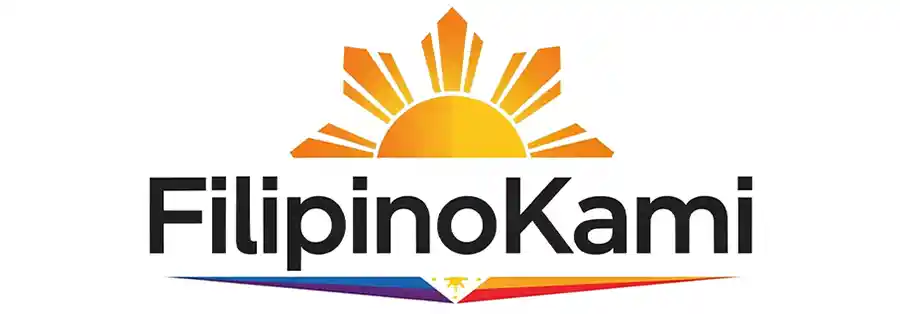Government Working to Reduce Medical Expenses Nationwide
MANILA, Philippines — President Ferdinand Marcos Jr. envisions a future where Filipino patients pay nothing for hospital treatments. He emphasized the government’s commitment to lowering the financial burden on patients during his speech at the recent distribution of patient transport vehicles.
“We are lowering the out-of-pocket expenses, because right now, patients still need to pay to get diagnosed or treated. Slowly, we want to reduce these payments,” the President said.
President Marcos explained that as the economy improves, medical costs borne by patients can shrink further, leaving only minimal administrative fees. “If we can do it, if we improve our economy, we can reach the point where patients will no longer have to pay out of their pockets. In other places I’ve seen, it’s just the administrative cost. That’s only P100. That’s enough. That’s the aspiration,” he added.
Healthcare System Overhaul and Expanded Services
The keyphrase government working to reduce medical expenses reflects the current efforts to reform healthcare delivery. President Marcos mentioned ongoing consultations with the Department of Health (DOH) and the Philippine Health Insurance Corporation (PhilHealth) to enhance healthcare services nationwide.
Plans include establishing more specialty centers and Bagong Urgent Care and Ambulatory Service (Bucas) centers dedicated to serving the 28 million poorest Filipinos. As of May 2025, 51 Bucas centers operate across 33 provinces, providing free laboratory and treatment services for urgent, non-life-threatening cases.
PhilHealth’s Role in Reducing Costs
Under the leadership of its president and CEO, PhilHealth aims to cut Filipino out-of-pocket healthcare expenses from 45% to between 25% and 30%. The agency focuses on expanding coverage for costly and high-burden diseases, including cancer and rare conditions.
Financial Burden on Filipino Households
A comprehensive study showed Filipino households have shouldered most medical costs from 1991 to 2022. In 2022 alone, health spending hit P1.12 trillion, with households covering about 45% or P502 billion.
Meanwhile, the national government, mainly through the DOH, contributed 21% (P234 billion), local governments 10% (P109 billion), and PhilHealth only 14% (P153 billion) despite its mandate to ensure affordable healthcare for all citizens.
Private insurance firms and health maintenance organizations cover the remaining smaller share of expenses, local sources noted.
For more news and updates on healthcare reforms, visit Filipinokami.com.

